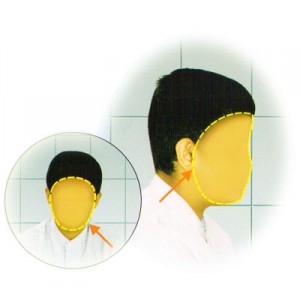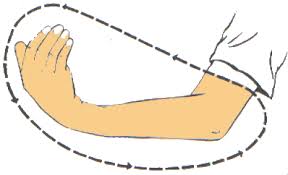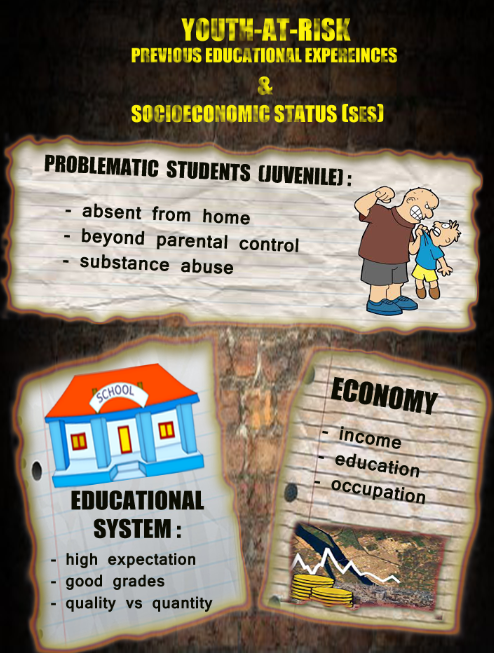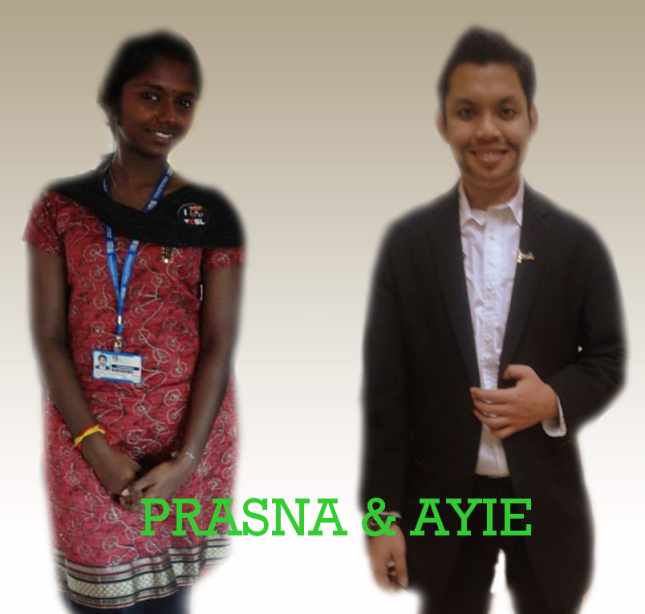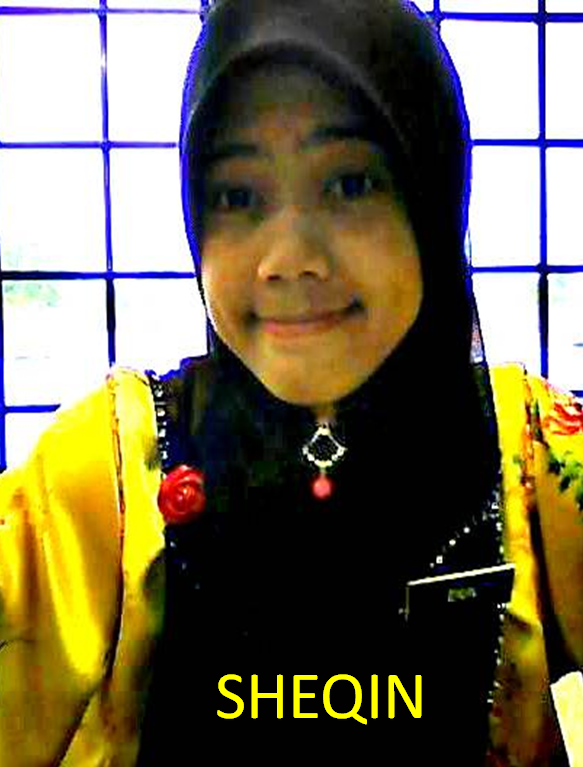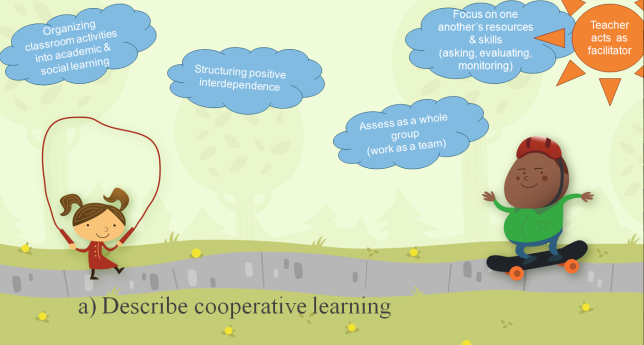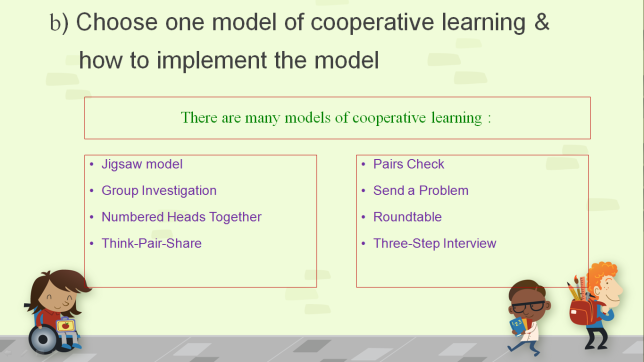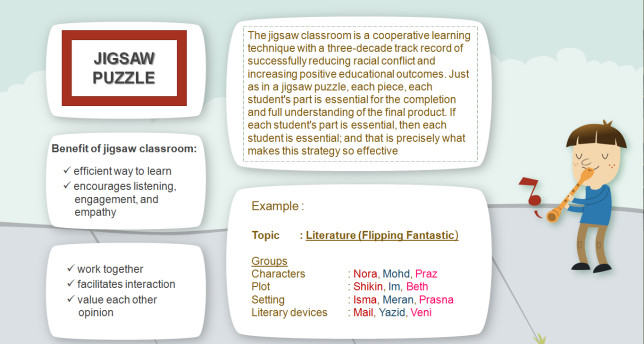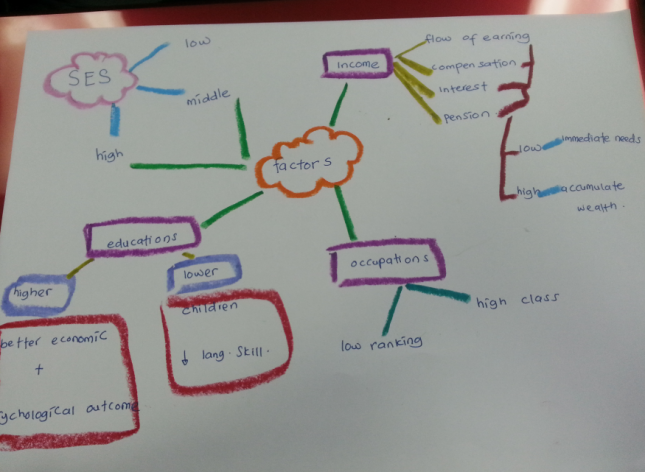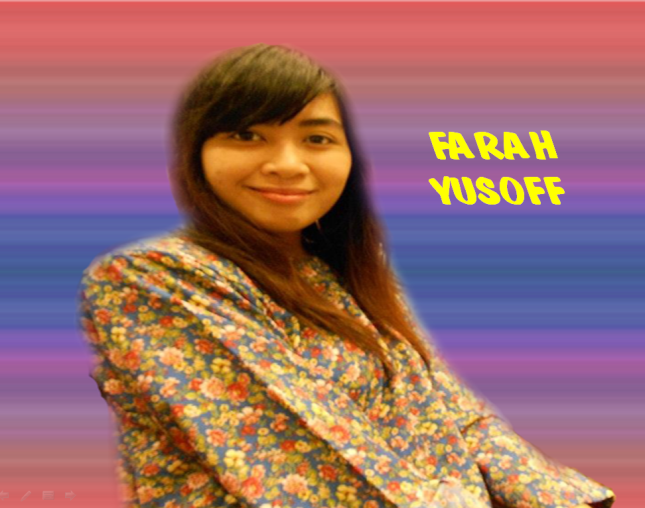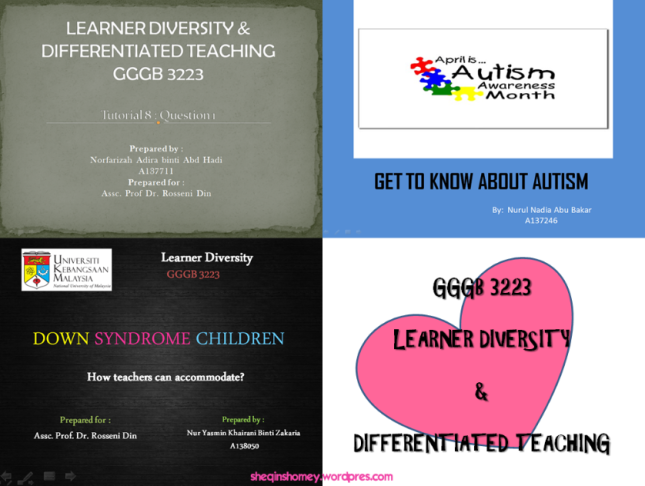
Good day! How are you doing? Hurmm.. I want to start this post by sharing the movie that I had watched! I LOVE THIS MOVIE! No, no! This movie is not part of my assignment. 🙂 I just watched it because someone told me that the movie is good. It is really good! The title is ‘The Odd Life of Timothy Green’. It’s nice if you were already watching it. You can share your opinion here. But, for those who is not yet watch it, here is the story. BUT, of course it will be so much exciting if you watch it yourself!

The film is told from the perspective of Cindy (Jennifer Garner) and Jim Green (Joel Edgerton), as they explain their experience with Timothy (CJ Adams) in an effort to persuade an adoption agency to allow the couple to adopt a child.
Cindy, who works in the town’s local museum, and Jim, who is employed at the town’s historic pencil factory, resides in the drought-stricken town of Stanleyville, North Carolina. The Greens are informed by doctors that they are unable to conceive. Distraught by the news, Jim convinces Cindy to dream up their ideal child and write the child’s characteristics and life events on slips of notepad paper.
The couple places the notes inside a box and buries it in the backyard garden. After a thunderstorm, which seemingly affects only their property, a ten-year-old arrives at their home claiming the Greens as his parents. After finding the box they buried smashed to pieces around a large hole in the ground where they originally buried it, and finding the boy inside their house, covered in mud, they realize that the boy, named Timothy, is actually a culmination of all their wishes of what their child would be. The Greens also discover that Timothy has a startling feature: he has leaves growing on his legs.
The next day, at a family picnic, Timothy is introduced to members of his family: Brenda Best (Rosemarie DeWitt), Cindy’s pompous sister; James Green Sr. (David Morse), Jim’s estranged father; and Mel (Lois Smith) and Bub (M. Emmet Walsh), Cindy’s paternal aunt and uncle. The parents take Timothy to their friend and town botanist, Reggie (Lin-Manuel Miranda), where they learn that Timothy’s leaves cannot be removed.
Timothy begins to attend school, where he meets Joni Jerome (Odeya Rush), a girl he meets during a bullying incident, with whom he begins a friendly relationship. Meanwhile, the town’s pencil factory, the largest employer in Stanleyville, begins laying off its employees. Timothy convinces Cindy and Jim to design a prototype for a new pencil in an effort to keep the pencil-producing business viable.
Unbeknownst to the parents, one of Timothy’s leaves falls off each time he fulfills one of the qualities listed on the original slips of paper. Timothy eventually reveals to Cindy and Jim that his time of existence is short and that he will eventually disappear.
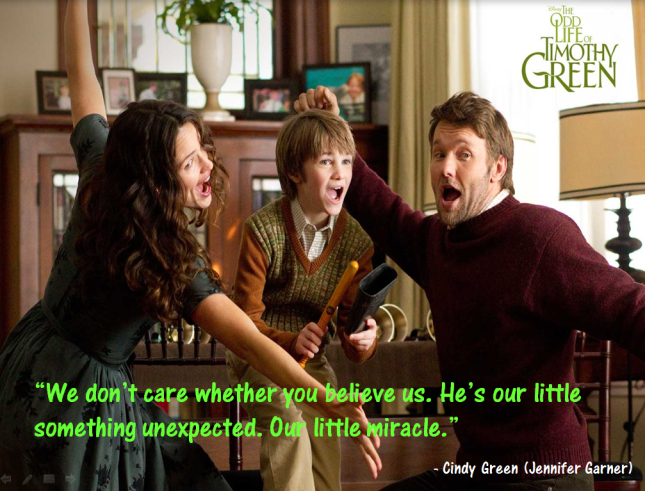
The Greens’ meeting with the adoption counselor concludes with Cindy presenting a letter that Timothy left them before leaving. In the letter, he explains to them what he did with each of his leaves that fell off, with a montage sequence showing each person whose life Timothy touched. After an unspecified amount of time, the adoption counselor is shown pulling up to the Greens’ house in a car with the little girl who is to become the Greens’ daughter.
Source : http://en.wikipedia.org/wiki/The_Odd_Life_of_Timothy_Green
I don’t know where you can download it, but I’m sure you’ll find the way. Hehe.
For this time, like the title of this post, I will share with you about youth disabilities, multi-disciplinary team and also about characteristics of analytical and global learners. The presenters are as follows :
Imran & Ana :
a) What are five characteristics of youth with disabilities?
b) How can teachers teach more effectively by taking into account such characteristics?
Niesa :
a) List five members in the multi-disciplinary team. Describe their respective roles.
Kak Ika & Zarina :
a) Compare the characteristics of analytical and global learners.
b) How can teacher strategize to accommodate these learners?

Imran and Ana started the presentation by introducing themselves (though all of us already know them). Yaa, it is what we call a TRADITIONAL way of attracting audience attention. Ana and Imran had shared with us about 5 characteristics of youth disabilities which are dyslexia, dysgraphia, dyscalculia, dysphasia/aphasia and also dyspraxia and how to teach the student which has the disabilities. Never heard of them?? Nahhh.. It’s ok. I’ll share with you.
1. DYSLEXIA (difficulty reading)
– problems reading, writing, spelling, speaking
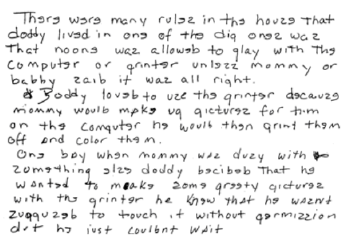
Common signs: reads painfully slow, difficulty with basic letter sounds, has trouble decoding, the order of letters becomes mixed up, cannot recall known words
How to teach: utilize a multi-sensory approach to teaching, use time wisely, provide handouts, model organizational structures, utilize other resources
2. DYSGRAPHIA (difficulty with writing)
– problems with handwriting, spelling, organizing ideas

Common signs: awkward pencil grip, illegible handwriting, frustration with writing thoughts on paper, can talk about an idea but cannot write it down on paper
How to teach: allow for accommodations, modify expectations or task to avoid problem areas, provide remediation to improve the student’s handwriting skills
3. DYSCALCULIA (difficulty with math)
– problems doing math problems, understanding time, using money

Common signs: difficulty recalling number sequences, may mistake numbers that look similar in shape (3 & 8), cannot retain patterns when adding, subtracting, multiplying, dividing, difficulty with handling money or estimating costs
How to teach: start with a solid foundation of number recognition and operations, use real-life situation for math concepts, use music and games to help with memorization and of facts and tables, handheld calculators help the student to be sure they see the numbers in the correct order and can be used for a quick check for correctness
4. DYSPHASIA/APHASIA (difficulty with language)
– problems understanding spoken language, poor reading
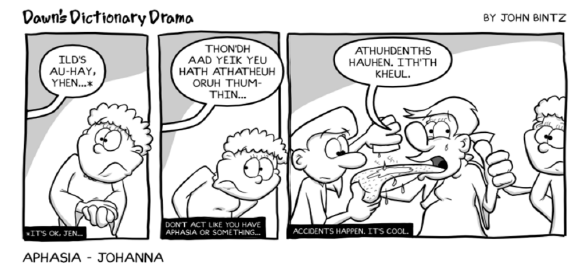
Common signs: difficulty expressing thoughts verbally, poor reading comprehension, frustrated when speaking, have trouble labeling objects
How to teach: use picture cards, specific programs for therapy, online programs
5. DYSPRAXIA (difficulty with fine motor skills)
– problems with hand-eye coordination, balance, manual dexterity

Common signs: problems with physical abilities – require hand-eye coordination, like holding a pencil or buttoning a shirt
How to teach: give short, precise instructions and engage in as much eye, does activities that he recognizes, write letters on a chalkboard and ask him to copy letters and if possible say the letter at the same time.

Next presenter is Niesa. She also had shared an interesting things with us. It is about multi-disciplinary team and their roles. First and foremost, we need to know the DEFINITION of multi-disciplinary team. According to http://www.preventelderabuse.org/communities/mdt.html :
Multidisciplinary teams are groups of professionals from diverse disciplines who come together to provide comprehensive assessment and consultation in abuse cases. While their primary purpose is typically to help team members resolve difficult cases, teams may fulfill a variety of additional functions. They can promote coordination between agencies; provide a “checks and balances” mechanism to ensure that the interests and rights of all concerned parties are addressed; and identify service gaps and breakdowns in coordination or communication between agencies or individuals. They also enhance the professional skills and knowledge of individual team members by providing a forum for learning more about the strategies, resources, and approaches used by various disciplines.

Niesa had chosen general educator, special educator, principal, parents and also student as the members of multi-disciplinary team. Other disciplinary members are therapists, guidance counselors, administrators other than principal, motivator and paraprofessionals. These are the roles of the members of multi-disciplinary team that Niesa had explained.
1. General educator
– Understand the special educators may be responsible for a large group of students and have a limited amount of time for each student.
– Sharing with other consultants for determining how goals and object can be reinforced during the course of general classroom activities.
2. Special educator
– Recognize suitable techniques to be used towards students especially students with special needs.
– Respond to the need of many students rapidly.
– Recognize the teaching techniques that may be success in special education class but not in a normal classroom.
3. Principal
– Monitor student’s movements in the schools especially in the classroom.
– Always update information with the classroom teacher about their performance.
– Inform parents with the current performance of the students.
4. Parents
– Provide information about the students’ current performance.
– Don’t leave their children’s education in the hand of experts.
5. Student
– Responsible for their own educational outcomes.
– Although for disabilities students, they should think about their responsibility. Don’t let others be responsible for everything.
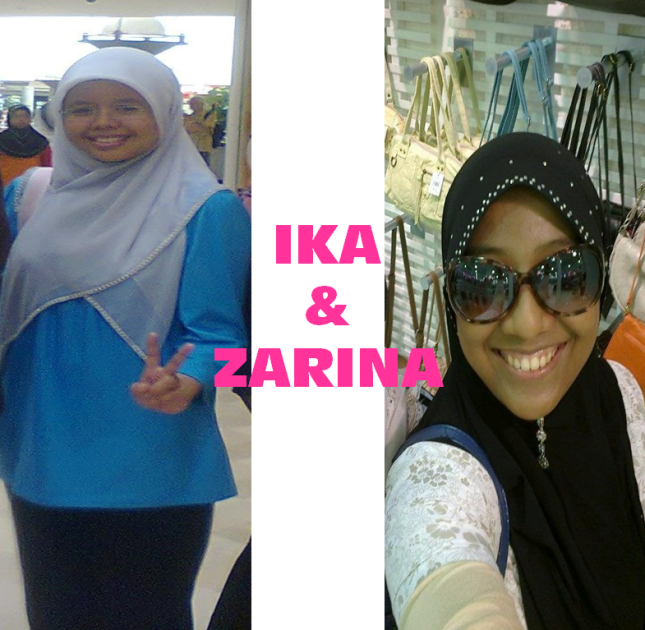
Last presenters of the day were Kak Ika and also Zarina. Their presentation really catches my eyes! Lots of info that we had learnt and understand. Their task is on the two types of learning styles which are ANALYTICAL LEARNER and GLOBAL LEARNER. So, what are they? Ok. Be patient! Before that, we have to know that learning style actually explains how the individual interacts with new information and no person is bound by one learning style only. Even though individuals find themselves in both categories, they gravitate toward just one learning style.
ANALYTICAL LEARNER
- preferring to study alone for long periods without interruption
- tend to work on one task to completion
- focuses on the parts that make up the big picture
- likely to respond to a problem with logic first, instead of emotion, solve problem systematically and logically.
GLOBAL LEARNER
- may work better in groups than alone
- prefer to work on multiple tasks at once
- sees the big picture or overall view
- likely to respond to a problem with emotion first, instead of logic
Understanding the key differences in student learning styles leads to better learning support. Numerous assessment tests allow individuals to determine their own learning styles and help parents and teachers find ways to encourage learning. Teachers can develop lesson plans that accommodate both styles, such as incorporating narratives and group work into lesson plans to accommodate global learners. So, here are the strategies that teachers can use to accommodate them.
ANALYTICAL LEARNER
- Provide a traditional classroom setting
- Shows and organize the sequences of information
- Leads to the larger concept of understanding
- Provide an activity that follows sequentially, process, list, timeline, and charts
- Example: bring back pieces or parts of the body altogether and explain their functions
GLOBAL LEARNER
- Provide a flexible learning environment
- Explain concept first then the details
- Give them chances to do some group work
- Give them multiple task at once
- Plays background music
- Gives open ended questions.
- Relates to life information

Ok. That’s all for today. And Ummi Rosseni, thanks for the sweet ‘kek pisang’! SEDAP! Hehe. 😀
See you in the next post (which I will be one of the presenter)! Bye! Assalamualaikum w.b.t.

